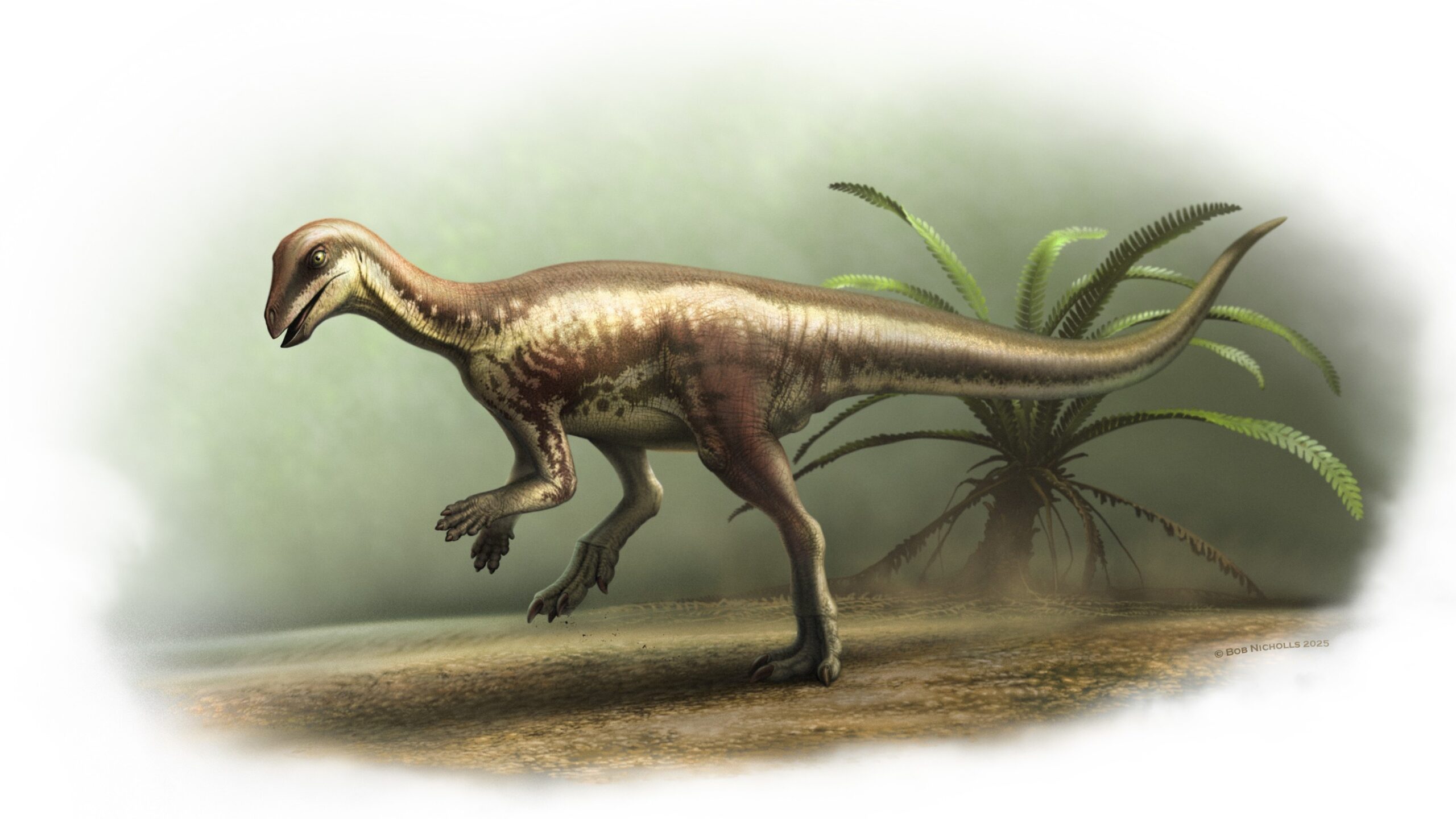
Enigmatic ‘runner’ dinosaur from Colorado helps rewrite understanding of several Jurassic species
How did your country report this? Share your view in the comments.
Diverging Reports Breakdown
Enigmatic ‘runner’ dinosaur from Colorado helps rewrite understanding of several Jurassic species
E. mollyborthwickae was around 3 feet (1 meter) long and 1.5 feet (0.5 m) tall. The two-legged herbivore lived in what is now Colorado around 150 million years ago. The skeleton was later put up for sale, advertised as Nanosaurus, which is another type of small dinosaur from the same rock formation. Researchers found that not only is this new specimen not Nanosaurus but the scientific classification of Nanosaurus and several other dinosaurs from the Morrison Formation are also unreliable. The fossil record for several small-bodied Morrison Formation dinosaurs is poor and incomplete, and it has undergone several scientific revisions, according to the study. The genus name combines the words “enigma” — a reference to mysteries — and “runner” — which means “runner Latin” The dinosaur’s species name honors a donor who allowed the Natural History Museum to purchase the specimen. The museum didn’t disclose the cost of the specimen, but it is now on display in London.
The two-legged herbivore, named Enigmacursor mollyborthwickae, was around 3 feet (1 meter) long and 1.5 feet (0.5 m) tall. However, despite its small stature, the discovery of this dinosaur is having a big impact on scientists’ understanding of several Jurassic species.
A private fossil company excavated E. mollyborthwickae in Colorado between 2021 and 2022. The skeleton was later put up for sale, advertised as Nanosaurus, which is another type of small dinosaur from the same rock formation — called the Morrison Formation . After the Natural History Museum in London bought the skeleton, researchers found that not only is this new specimen not Nanosaurus, but the scientific classification of Nanosaurus and several other dinosaurs from the Morrison Formation are also unreliable.
The Morrison Formation is home to many iconic dinosaur fossils, such as the plated Stegosaurus and the ferocious predator Allosaurus , which would have lived alongside E. mollyborthwickae during the Jurassic period (201.3 million to 145 million years ago). The new study, published Wednesday (June 25) in the journal Royal Society Open Science , highlights that researchers still have a lot to learn about the formation’s smaller dinosaurs.
“While the Morrison Formation has been well-known for a long time, most of the focus has been on searching for the biggest and most impressive dinosaurs,” study co-lead author Susannah Maidment , a senior researcher at the Natural History Museum, said in an article published by the museum. “Smaller dinosaurs are often left behind, meaning there are probably many still in the ground.”
Related: Meet ‘Dragon prince’ — the newly discovered T. rex relative that roamed Mongolia 86 million years ago
The skeleton was excavated by a company called Dinosaurs of America, LLC and acquired by the David Aaron art gallery in London, before the Natural History Museum purchased the fossils in 2024, according to the study. When the researchers got their hands on the alleged Nanosaurus, they began to look closely at the group, along with other small-bodied Morrison Formation dinosaurs.
Sign up for the Live Science daily newsletter now Get the world’s most fascinating discoveries delivered straight to your inbox. Contact me with news and offers from other Future brands Receive email from us on behalf of our trusted partners or sponsors
“Nanosaurus wasn’t named based on many fossilised bones, but largely the preserved impressions of bones pressed into hardened sand that are very difficult to study,” study co-lead author Paul Barrett , a paleobiologist at the Natural History Museum, said in the museum’s article. “So, we turned to the other bones that have been referred to the group over the past century, but these weren’t particularly well-preserved either.”
The fossil record for several small-bodied Morrison Formation dinosaurs is poor and incomplete, and it has undergone several scientific revisions, according to the study. Barrett and Maidment reviewed Nanosaurus and similar Morrison Formation species in a study published April 25 in the journal Bulletin of the Peabody Museum of Natural History , concluding that by modern standards, none of them had distinct enough features or a unique combination of characteristics to be valid.
A full reconstruction of the Jurassic dinosaur Enigmacursor mollyborthwickae is now on display in the Natural History Museum in London. (Image credit: Trustees of the Natural History Museum)
For the new study, the researchers pored over the so-called Nanosaurus specimen and scanned it so they could create virtual 3D images of its fossilized bones. They determined that a unique combination of features, particularly in its legs, made the animal distinct enough from other dinosaurs. Their analysis found that its closest known relative was Yandusaurus hongheensis, a Jurassic herbivore from China.
Barrett and Maidment created a new genus (group) for the specimen. The genus name, Enigmacursor, combines the words “enigma” — a reference to the mysteries surrounding its scientific classification — and “cursor,” which means “runner” in Latin. The dinosaur’s species name, “mollyborthwickae,” honors museum donor Molly Borthwick, whose donation allowed the Natural History Museum to purchase the specimen, according to the study. The museum didn’t disclose the cost of the specimen.
